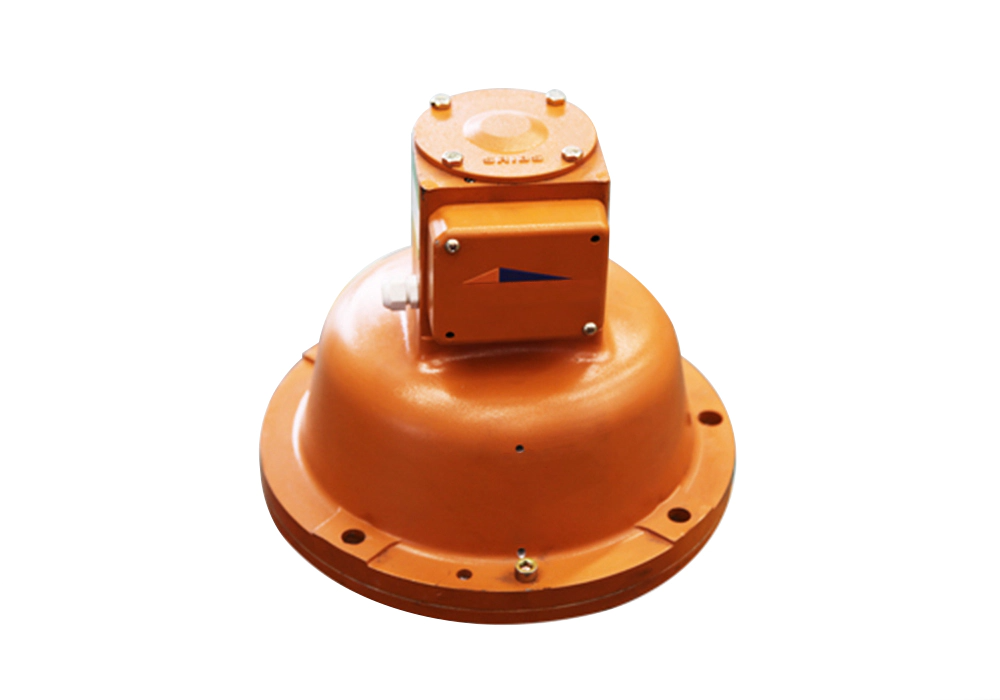
I. Optimization of operation mechanism
1. Early warning and emergency response mechanism
When dealing with extreme weather and natural disasters, the operation mechanism of building elevators must first establish a sound early warning and emergency response mechanism. This includes paying close attention to weather forecasts and disaster warning information, and formulating corresponding emergency plans based on the forecast results. When extreme weather or natural disasters are imminent, the elevator management system can quickly initiate emergency response procedures, including shutting down the elevator, starting the backup power supply, starting the drainage system and other measures to ensure the safety of the elevator.
2. Improvement of power supply system
The stability of the power supply system is the key to the normal operation of the elevator in extreme weather. In order to prevent the impact of extreme weather such as thunderstorms on the power supply system, elevators are usually equipped with lightning protection equipment and UPS uninterruptible power supply. Lightning protection equipment can effectively reduce the impact of lightning on the elevator power supply system, while UPS uninterruptible power supply can provide power support during short power outages or voltage fluctuations, ensuring that the elevator can continue to operate or safely dock.
3. Enhancement of control system and communication system
The control system and communication system of the elevator also need to be improved in extreme weather. By enhancing the stability and reliability of the control system, it can be ensured that the elevator can accurately receive and execute instructions in harsh environments. Strengthen the construction of the communication system to ensure that the elevator has unimpeded communication with the outside world so that rescue personnel can be contacted in time in an emergency.
2. Strengthening maintenance work
1. Regular inspection and maintenance
In order to cope with the impact of extreme weather and natural disasters on elevators, the regular inspection and maintenance of Construction Elevator is particularly important. This includes regular comprehensive inspections of the elevator's electrical system, mechanical components, safety devices, etc., and timely repair of any faults or hidden dangers found. Clean and maintain key parts such as the elevator machine room, shaft, and pit to ensure that the elevator is in good working condition.
2. Waterproofing and drainage measures
In extreme weather such as heavy rain, the waterproofing and drainage measures of the elevator are crucial. In order to ensure that there is no water accumulation in the elevator machine room and shaft, protective measures such as waterproof gates or waterproof tarpaulins are usually installed at the elevator machine room door, shaft opening and other parts. Strengthen the drainage system construction of the elevator shaft to ensure that rainwater can be discharged in time to prevent water damage to the elevator.
3. High and low temperature response measures
In high or low temperature weather, the electrical system and mechanical equipment of the elevator may be affected by the temperature. It is necessary to strengthen the ventilation and heat dissipation facilities of the elevator room, such as installing air conditioners or ventilation equipment, to keep the temperature in the room appropriate. Monitor the temperature of the electrical system and mechanical equipment of the elevator to ensure their normal operation under extreme temperatures.
4. Wind response measures
In strong wind weather, the outdoor parts of the Construction Elevator, such as antennas and signal receivers, may be damaged by the wind. It is necessary to strengthen the fixing and protection measures for these components to ensure their stability in strong wind weather. Design the control system of the elevator to resist wind to prevent wind interference from causing the elevator to lose control.
III. Training and drills
1. Employee training
In order to improve the safety awareness and response capabilities of elevator operation and maintenance personnel, they need to be regularly trained. The training content includes response methods for extreme weather and natural disasters, elevator emergency response procedures, personnel evacuation plans, etc. Through training, operation and maintenance personnel can master the skills and knowledge to deal with extreme weather and natural disasters.
2. Emergency drills
In addition to employee training, emergency drills are also required to be conducted regularly. By simulating extreme weather and natural disaster scenarios, the emergency response and teamwork capabilities of elevator operation and maintenance personnel can be tested. Based on the results of the drills, lessons learned can be summarized in a timely manner to improve emergency plans and response measures.
IV. Application of intelligent technology
With the development of intelligent technology, more and more building elevators are beginning to apply intelligent technology to deal with extreme weather and natural disasters. The operation status and external environmental parameters of the elevator can be monitored in real time through the Internet of Things technology; possible failures or abnormal conditions of the elevator can be predicted through big data analysis; and autonomous diagnosis and fault warning of the elevator can be realized through artificial intelligence technology. The application of these intelligent technologies can further improve the safety and stability of elevators in extreme weather and natural disasters.






 English
English русский
русский Español
Español 中文简体
中文简体
















